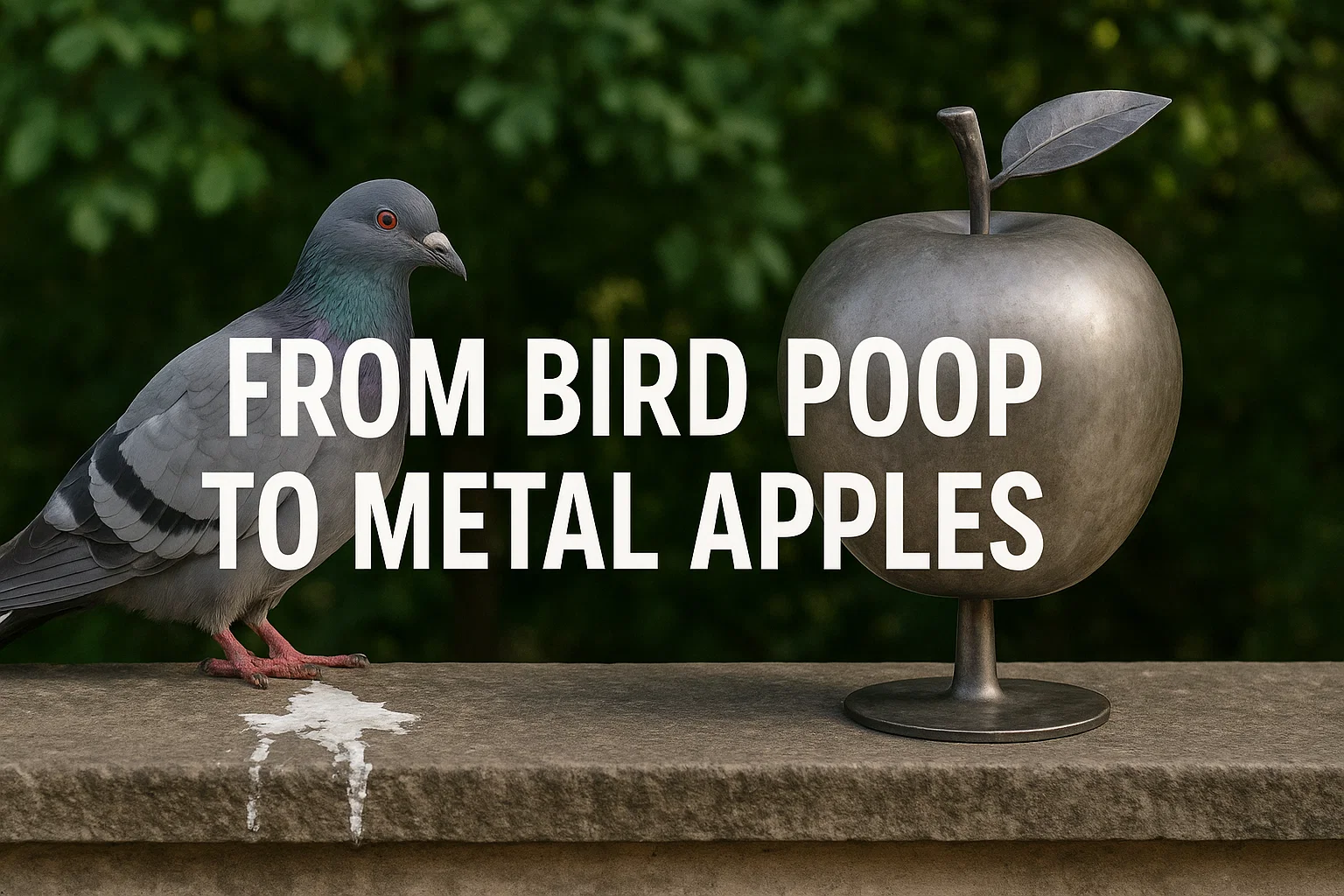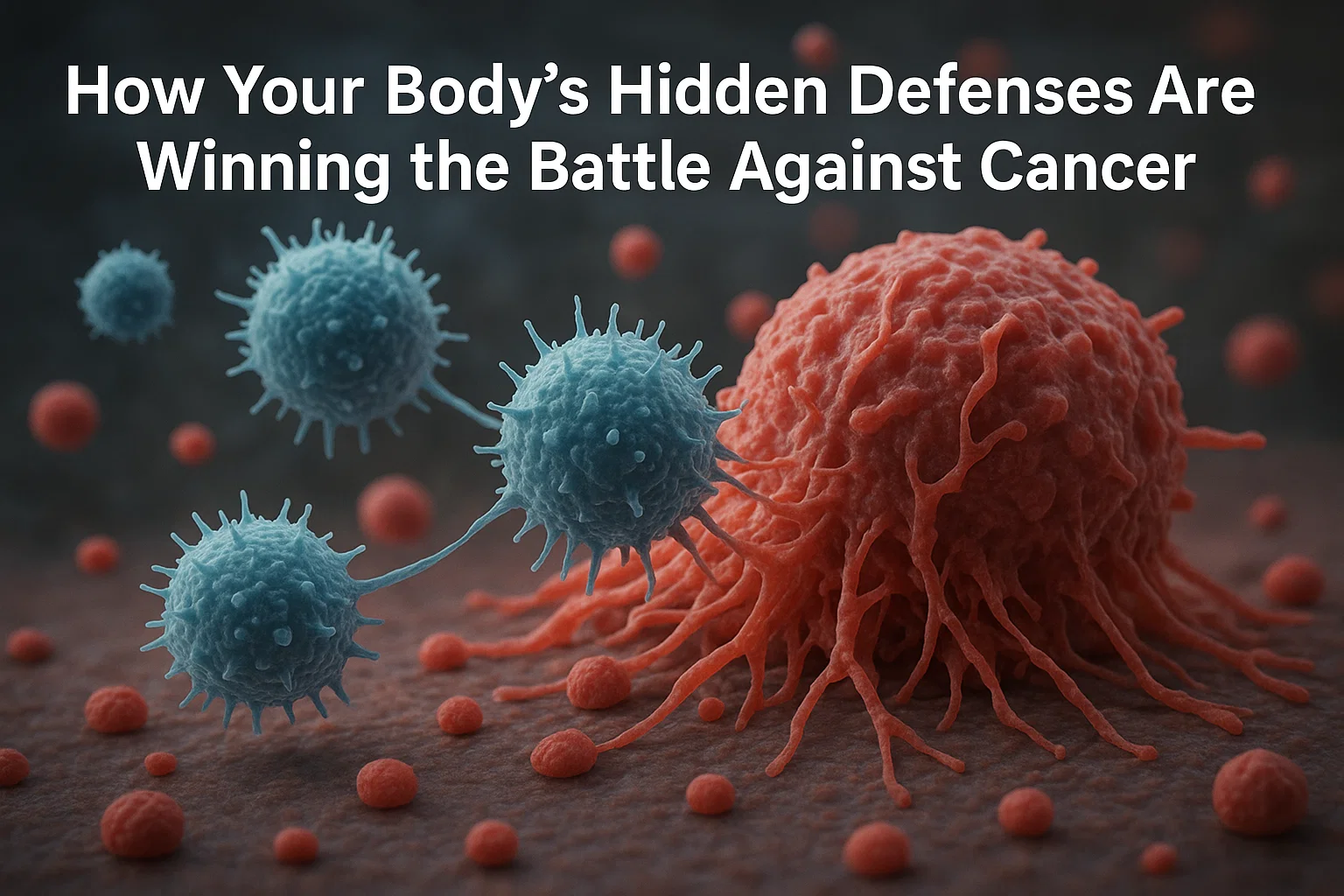
Standing in my kitchen one morning, I realized a granola bar can teach you more about dopamine than any textbook. Why? Because, when I was half-asleep, staring at food right in front of me, I felt zero motivation to reach for it until I remembered the crunch and sweet rush I’d get—a tiny pull in my brain, not my stomach. Turns out, this odd spark is at the heart of our urge to do just about anything, and it’s often misunderstood. Today, we crack open the mystery of dopamine: part survival tool, part double agent, and maybe the real reason we wind up cycling through guilty pleasures on our phones.
FAQ: Everything You Wanted (and Were Probably Embarrassed) To Ask About Dopamine
What exactly is dopamine, and is it really just a ‘pleasure chemical’?
Let’s clear this up right away. Dopamine isn’t just about pleasure. Sure, it’s involved when you feel good—like when you eat chocolate or win a game—but that’s only part of the story. Dopamine is more like your brain’s “go-get-it” signal. It’s the reason you get off the couch to grab a snack, chase a goal, or even just check your phone for notifications.
Dr. Anna Lembke, a leading expert on addiction, puts it this way: dopamine is fundamental for survival. It drives motivation, reward, and even movement. In fact, experiments with rats show that if you take away their dopamine, they’ll starve—even if food is right in front of them—because they lose the drive to go get it. So, dopamine is about wanting, not just liking.
Think of it as the fuel in your car. Without it, you’re not going anywhere, no matter how nice the destination looks.
Can you get addicted to dopamine?
This is a super common question. The short answer? No, you can’t get addicted to dopamine itself. What you can get addicted to are the things that make your brain release lots of dopamine—like drugs, sugar, social media, or even work.
Here’s how it works: every time you indulge in something pleasurable, your brain releases dopamine. If you keep chasing that high, your brain tries to balance things out by lowering your natural dopamine levels. Over time, you need more and more of the thing—whether it’s TikTok, alcohol, or online shopping—just to feel “normal.” That’s addiction.
So, it’s not dopamine that’s the problem. It’s the endless cycle of chasing artificial highs that rewires your brain’s reward system.
How do genes influence my habits or risk for addiction?
Ever wonder why some people can have one drink and stop, while others spiral into addiction? Genetics play a huge role. According to Dr. Lembke, about 50–60% of the risk for addiction is inherited. If you have a parent or grandparent who struggled with addiction, your own risk is much higher.
But genes aren’t destiny. They’re more like a loaded gun—your environment and choices pull the trigger. Trauma, stress, and easy access to addictive substances or behaviors can tip the balance. Still, knowing your family history can help you make smarter decisions and spot warning signs early.
What’s a quick win for resetting my pleasure-pain balance?
You don’t have to move to a monastery or give up all your favorite things. But if you feel stuck in a cycle of craving and crashing, try a “dopamine fast.” This means taking a break from the thing you crave most—maybe it’s social media, sugar, or video games—for about 30 days.
Sounds tough, right? The first two weeks are the hardest. You’ll probably feel worse before you feel better—restless, anxious, maybe even a bit down. But after a month, your brain starts to reset. You’ll notice you crave less, enjoy simple things more, and feel more in control.
If 30 days sounds impossible, start smaller. Try one day a week without your go-to pleasure. Or set a timer to limit your use. The key is to give your brain a break so it can find balance again.
Does movement actually boost ‘good’ dopamine?
Absolutely. Exercise is one of the healthiest ways to boost dopamine. But there’s a catch: you have to “pay” for it with effort. Unlike scrolling through your phone or eating candy, which give you instant dopamine hits, exercise makes you work first. That’s why it’s less likely to become addictive in a harmful way.
Even simple movement helps. Go for a walk. Dance in your kitchen. Try a cold shower or splash your face with cold water. These small acts of discomfort actually train your brain to enjoy the reward more, without tipping into addiction.
It’s not about running ultramarathons (unless you want to). Just move your body, and your brain will thank you.
Can smartphones really rewire our brains?
Yes, and it happens faster than you think. Every notification, like, or new video is a mini dopamine hit. Over time, your brain gets used to this constant stream of rewards. It starts to expect them. When you don’t get them, you feel bored, anxious, or even a little empty.
Tech companies know this. They design apps to keep you hooked—endless scrolling, autoplay, push notifications. It’s not your fault if you find it hard to put your phone down. But you can fight back. Turn off notifications. Set app limits. Keep your phone out of reach during meals or before bed.
Remember, your brain is plastic. That means it can change. If you give it space—less screen time, more real-world connection—it will adapt. You’ll find it easier to focus, enjoy quiet moments, and feel less controlled by your devices.
Conclusion: Reclaiming Your Balance in a Dopamine-Driven World
So, what does all this mean for you? Dopamine isn’t your enemy. It’s what gets you out of bed, helps you chase dreams, and lets you enjoy life’s rewards. The real challenge is living in a world where everything is engineered to hijack your brain’s reward system—where pleasure is easy, pain is rare, and balance is hard to find.
You’re not weak if you struggle with cravings, distractions, or even addiction. You’re human. Your brain is wired for survival, not for the endless buffet of modern pleasures. But you can take back control. Start by noticing your habits. Be honest about what helps and what hurts. Don’t be afraid to take breaks, set limits, or ask for help.
Remember, discomfort isn’t the enemy. Sometimes, the best way to feel better is to allow yourself to feel a little worse first—to sit with boredom, sadness, or longing instead of running from it. That’s how you build resilience. That’s how you reset your pleasure-pain balance.
You don’t have to do it perfectly. You just have to start. And if you ever feel lost, remember: you’re not alone. There’s a whole world of dopamine-curious people out there, learning to live with more intention, more presence, and a little less chasing.
If you want to dig deeper, check out Dr. Anna Lembke’s Dopamine Nation and her practical workbook. Knowledge is power—and in this case, it might just be the key to a happier, more balanced life.
FAQ: Everything You Wanted (and Were Probably Embarrassed) To Ask About Dopamine
|
Question |
Short Answer |
Practical Tip |
|---|---|---|
|
What exactly is dopamine, and is it really just a ‘pleasure chemical’? |
No, it’s also about motivation and movement. |
Notice when you’re chasing “wants” vs. “likes.” |
|
Can you get addicted to dopamine? |
No, but you can get addicted to things that release it. |
Limit or take breaks from high-dopamine activities. |
|
How do genes influence my habits or risk for addiction? |
Genetics account for 50–60% of addiction risk. |
Know your family history and watch for warning signs. |
|
What’s a quick win for resetting my pleasure-pain balance? |
Try a 30-day “dopamine fast” from your biggest trigger. |
Start with one day a week if 30 days feels too hard. |
|
Does movement actually boost ‘good’ dopamine? |
Yes, especially when you “earn” it through effort. |
Move daily—even a walk or cold shower helps. |
|
Can smartphones really rewire our brains? |
Yes, they train your brain to expect constant rewards. |
Turn off notifications and set screen time limits. |
Dopamine Triggers: How They Stack Up
(Approximate dopamine increase compared to baseline)
|
Trigger |
Dopamine Increase |
Addiction Risk |
|---|---|---|
|
Sex |
+100% |
Moderate |
|
Sugar/Food |
+150% |
Moderate |
|
Video Games |
+175% |
High |
|
Nicotene |
+200% |
High |
|
Alcohol |
+200% |
High |
|
Social Media |
+225% |
High |
|
Amphetamines |
+1000% |
Extremely High |
Notice how digital triggers like social media and video games rival or even exceed traditional substances in their dopamine impact. That’s why they’re so hard to quit.
Dopamine Triggers: Visual Comparison
Sex: ██████████ (100%)
Sugar/Food: ████████████ (150%)
Video Games: █████████████ (175%)
Nicotine: ██████████████ (200%)
Alcohol: ██████████████ (200%)
Social Media: ███████████████ (225%)
Amphetamines: ██████████████████████████████████████████████████ (1000%)
Even if you’re not using drugs, modern life is full of “superstimuli” that push your dopamine system to its limits.
Final Thoughts
You’ve made it to the end, and hopefully, you’re walking away with a new perspective on dopamine. It’s not just about feeling good—it’s about what drives you, what hooks you, and what helps you thrive. The modern world is a dopamine minefield, but with a little knowledge and a few practical changes, you can find your balance again.
Stay curious, stay present, and don’t be afraid to do hard things. Your brain—and your future self—will thank you.
TL;DR: Dopamine isn’t just about feeling good—it’s your mind’s way of balancing motivation, pleasure, and pain. Craving less chaos and more control? Understand dopamine’s hidden rules.








